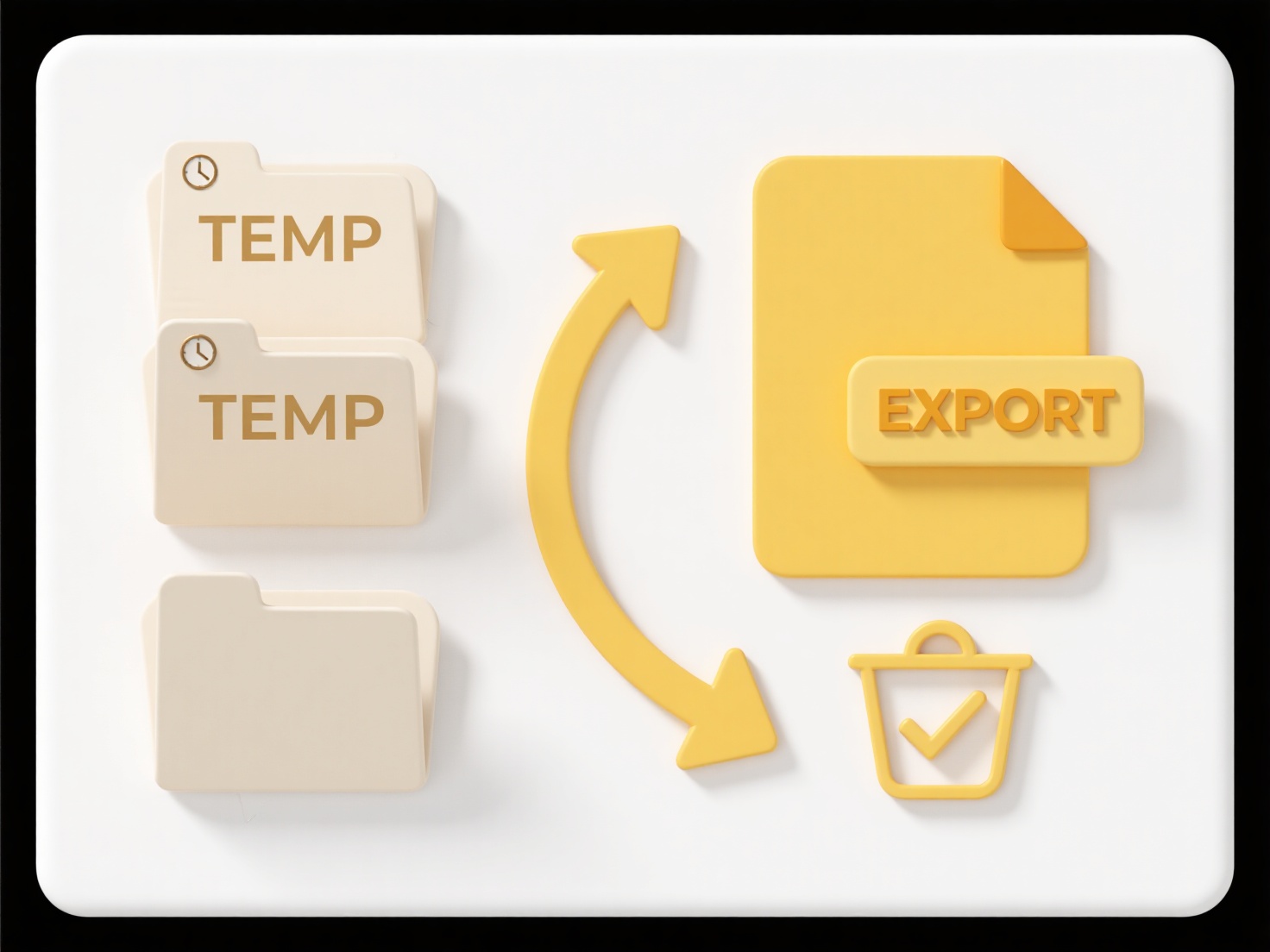
High-resolution printing prioritizes image fidelity through lossless or minimally compressed formats that preserve exact pixel data. Ideal formats avoid "lossy" compression (like JPEG), which discards detail to reduce file size. Instead, they maintain full color depth and sharpness essential for large prints or fine details viewed up close. Compatibility with professional printing workflows and RIPs (Raster Image Processors) is also critical.
For photographs, TIFF (Tagged Image Format) is a widely supported industry standard for lossless archiving and high-quality output in publishing and fine art printing. PNG (Portable Network Graphics) excels with graphics needing transparency and good lossless compression, often used for digital designs transferred to print. Vector graphics (like illustrations/logos) are typically printed from PDF or EPS files, which scale infinitely without quality loss.

TIFF offers unparalleled quality but creates enormous files, making sharing cumbersome. PNG balances quality and manageable file size for graphics but lacks CMYK support natively, sometimes requiring conversion for professional presses. Modern PDF workflows increasingly serve as versatile containers, embedding high-res TIFF or PNG images alongside vectors and fonts for reliable output, mitigating some individual format limitations while streamlining the process.
What format is best for printing images at high resolution?
High-resolution printing prioritizes image fidelity through lossless or minimally compressed formats that preserve exact pixel data. Ideal formats avoid "lossy" compression (like JPEG), which discards detail to reduce file size. Instead, they maintain full color depth and sharpness essential for large prints or fine details viewed up close. Compatibility with professional printing workflows and RIPs (Raster Image Processors) is also critical.
For photographs, TIFF (Tagged Image Format) is a widely supported industry standard for lossless archiving and high-quality output in publishing and fine art printing. PNG (Portable Network Graphics) excels with graphics needing transparency and good lossless compression, often used for digital designs transferred to print. Vector graphics (like illustrations/logos) are typically printed from PDF or EPS files, which scale infinitely without quality loss.

TIFF offers unparalleled quality but creates enormous files, making sharing cumbersome. PNG balances quality and manageable file size for graphics but lacks CMYK support natively, sometimes requiring conversion for professional presses. Modern PDF workflows increasingly serve as versatile containers, embedding high-res TIFF or PNG images alongside vectors and fonts for reliable output, mitigating some individual format limitations while streamlining the process.
Related Recommendations
Quick Article Links
How can I use timestamps in filenames correctly?
Using timestamps in filenames involves adding the date and often the time a file was created or saved directly into its ...
What is a .docx file?
A .docx file is a digital document format created by Microsoft Word, part of its modern Office suite (Word 2007 onwards)...
How fast does my internet need to be for cloud file access?
Internet speed for cloud file access primarily refers to your download and upload bandwidth, measured in Megabits per se...